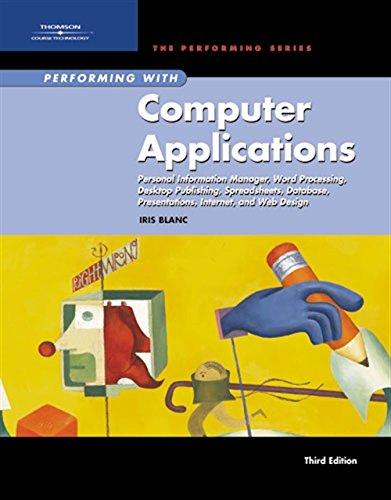Answered step by step
Verified Expert Solution
Question
1 Approved Answer
Consider an attribute X of a data set that takes the values { x 1 , x 2 , , x 9 } ( sorted
Consider an attribute X of a data set that takes the values x x x
sorted in increasing order of magnitude We apply two methods equal
interval width and equal frequency to discretize the attribute into three
bins. The bins obtained are shown below:
Equal Width: x x xx x x x xx
Equal Frequency x x xx x xx x x
Explain what will be the effect of applying the following transformations on
each discretization method, ie whether the elements assigned to each bin
can change if you discretize the attribute after applying the transformation
function below. Note that X denotes the average value and sigma x denotes
standard deviation of attribute X
The answer to each subquestion is a dictionary with two keys: equal width
and equal freq The values of each key is a list of two values: a string and
an integer. The string is either Change or No change The value of the
integer is chosen among chosen according to the list below:
The transformation leads to an inversion of the original order of values.
The distance between xi and xi does not change uniformly.
The average value X becomes the smallest value posttransformation.
The relative ordering of points changes
The transformation causes negative values to become positive and vice
versa.
The transformation results in all values becoming equal.
The distance between xi and xi change uniformly.
The standard deviation sigma X becomes zero after the transformation.
No change in the relative ordering of points
The maximum and minimum values of X get swapped after the transformation.
Subquestions to answer:
a X X xie if the attribute values are centered
b X XX
sigma x
ie if the attribute values are standardized
c X exp h
XX
sigma x
i
ie if the values are standardized and exponentiatedConsider an attribute X of a data set that takes the values x x x
sorted in increasing order of magnitude We apply two methods equal
interval width and equal frequency to discretize the attribute into three
bins. The bins obtained are shown below:
Equal Width: x x xx x x x xx
Equal Frequency x x xx x xx x x
Explain what will be the effect of applying the following transformations on
each discretization method, ie whether the elements assigned to each bin
can change if you discretize the attribute after applying the transformation
function below. Note that X denotes the average value and sigma x denotes
standard deviation of attribute X
The answer to each subquestion is a dictionary with two keys: equal width
and equal freq The values of each key is a list of two values: a string and
an integer. The string is either Change or No change The value of the
integer is chosen among chosen according to the list below:
The transformation leads to an inversion of the original order of values.
The distance between xi and xi does not change uniformly.
The average value X becomes the smallest value posttransformation.
The relative ordering of points changes
The transformation causes negative values to become positive and vice
versa.
The transformation results in all values becoming equal.
The distance between xi and xi change uniformly.
The standard deviation sigma X becomes zero after the transformation.
No change in the relative ordering of points
The maximum and minimum values of X get swapped after the transformation.
Subquestions to answer:
a X X xie if the attribute values are centered
b X XX
sigma x
ie if the attribute values are standardized
c X exp h
XX
sigma x
i
ie if the values are standardized and exponentiated
Step by Step Solution
There are 3 Steps involved in it
Step: 1

Get Instant Access to Expert-Tailored Solutions
See step-by-step solutions with expert insights and AI powered tools for academic success
Step: 2

Step: 3

Ace Your Homework with AI
Get the answers you need in no time with our AI-driven, step-by-step assistance
Get Started


